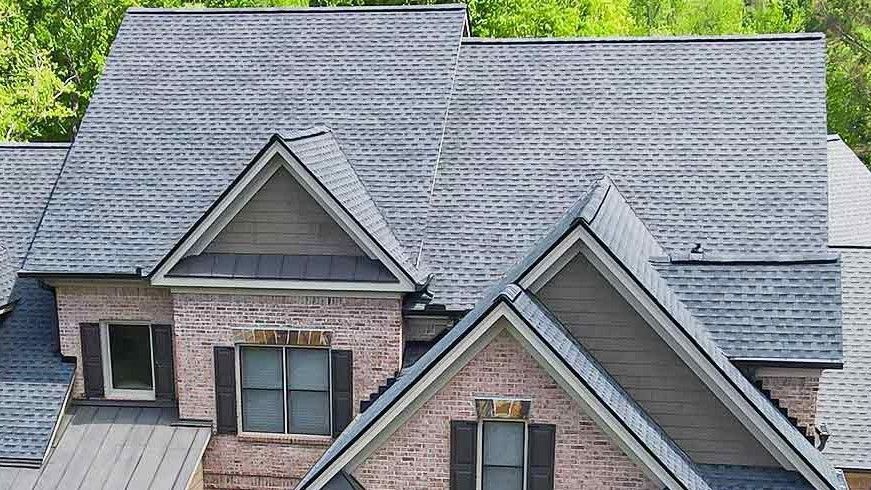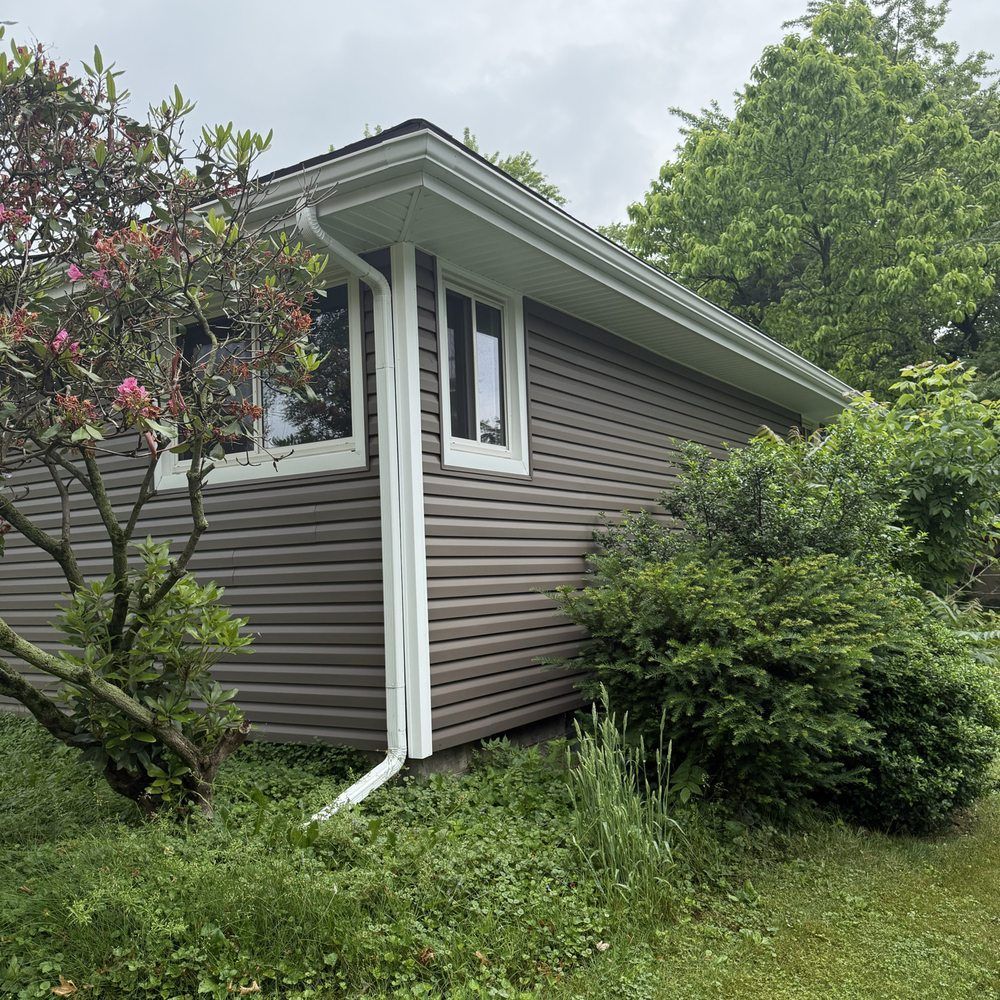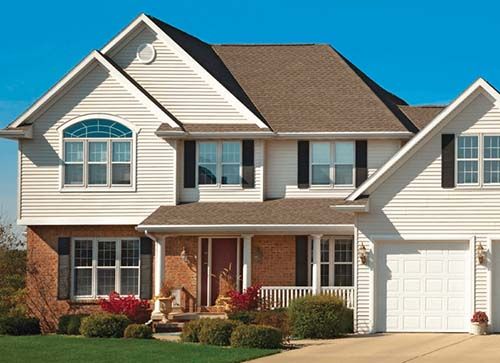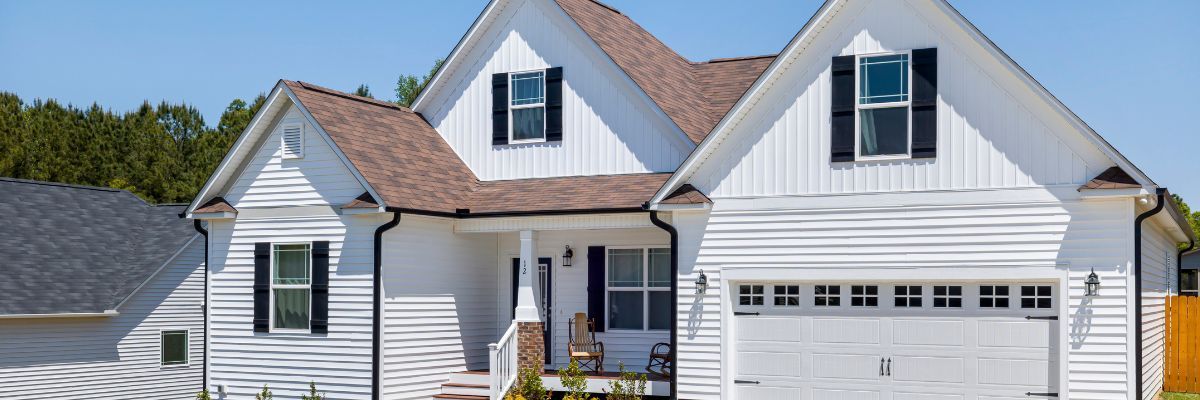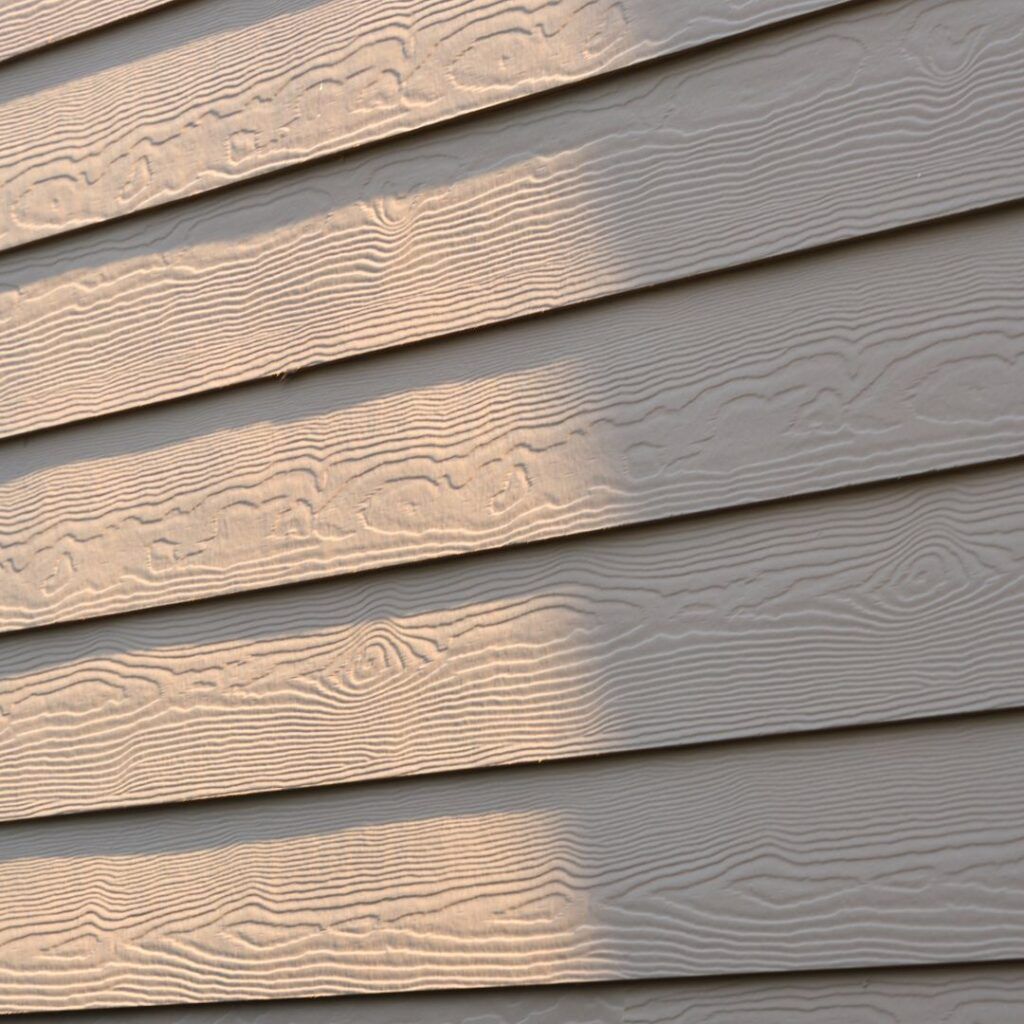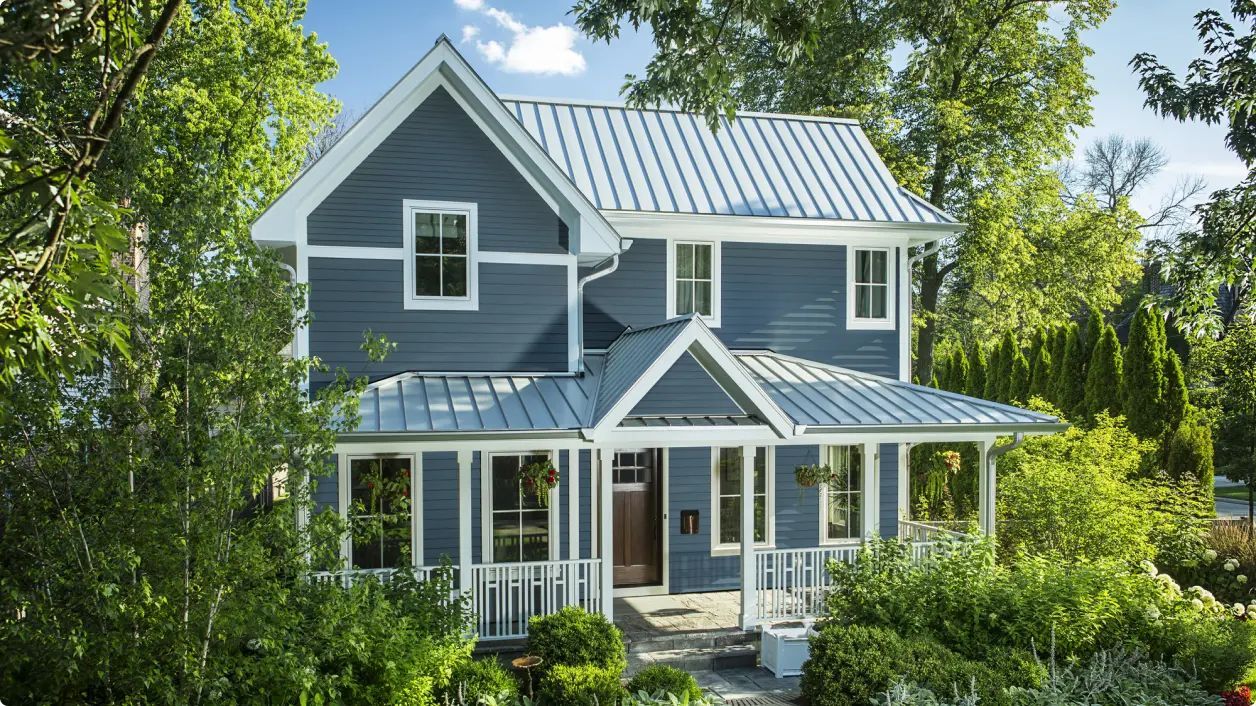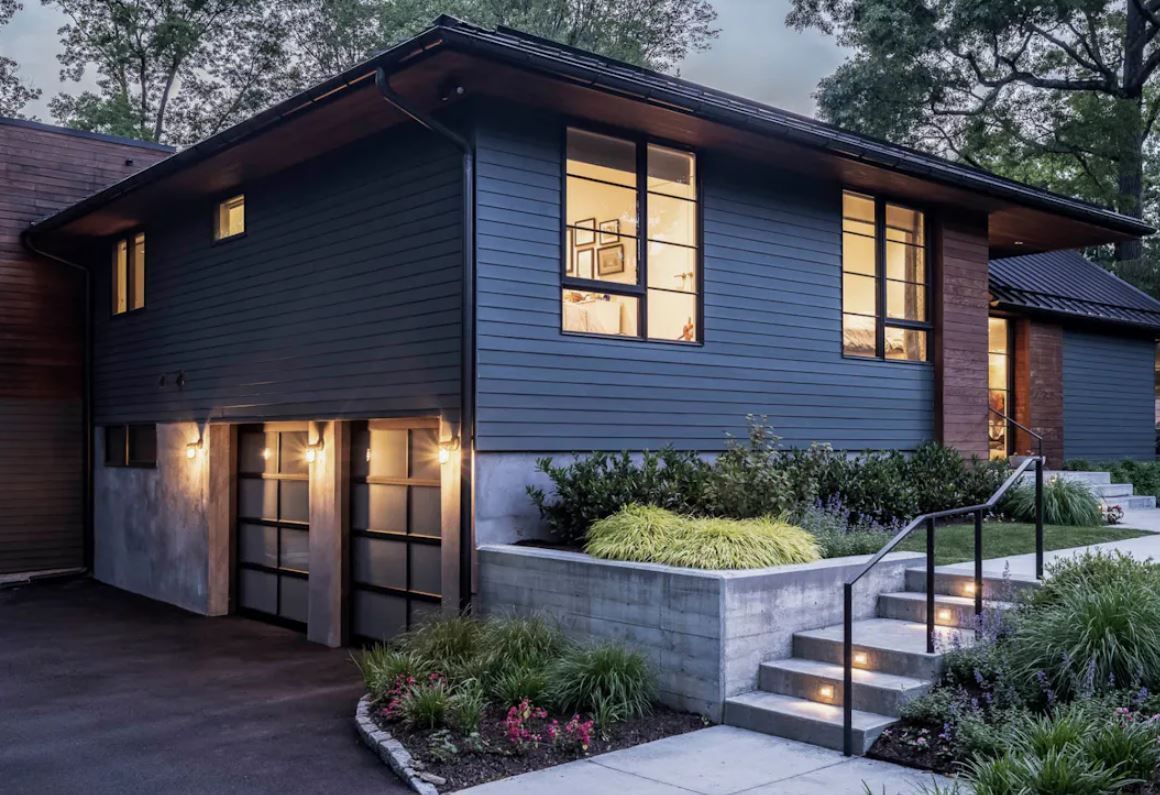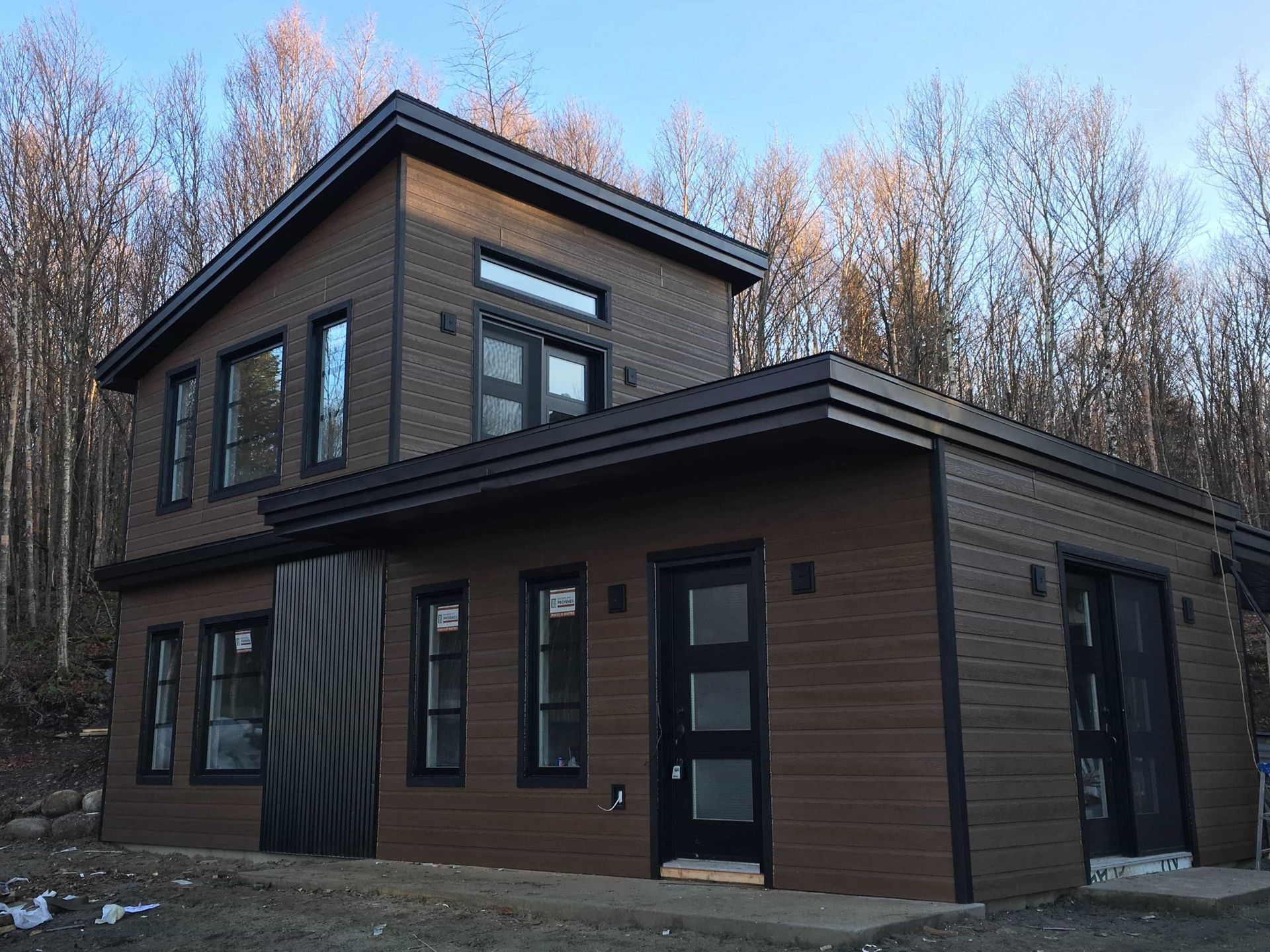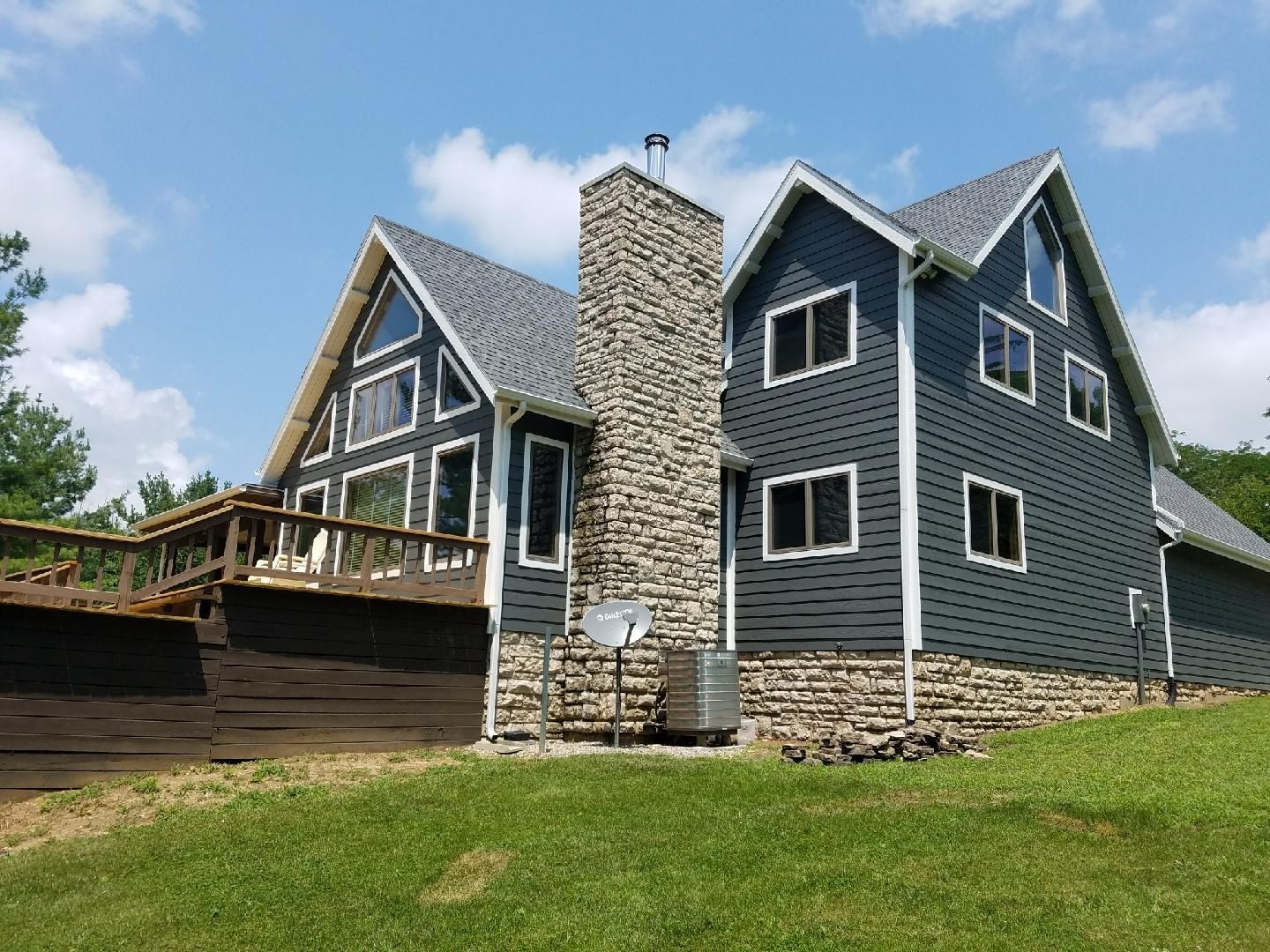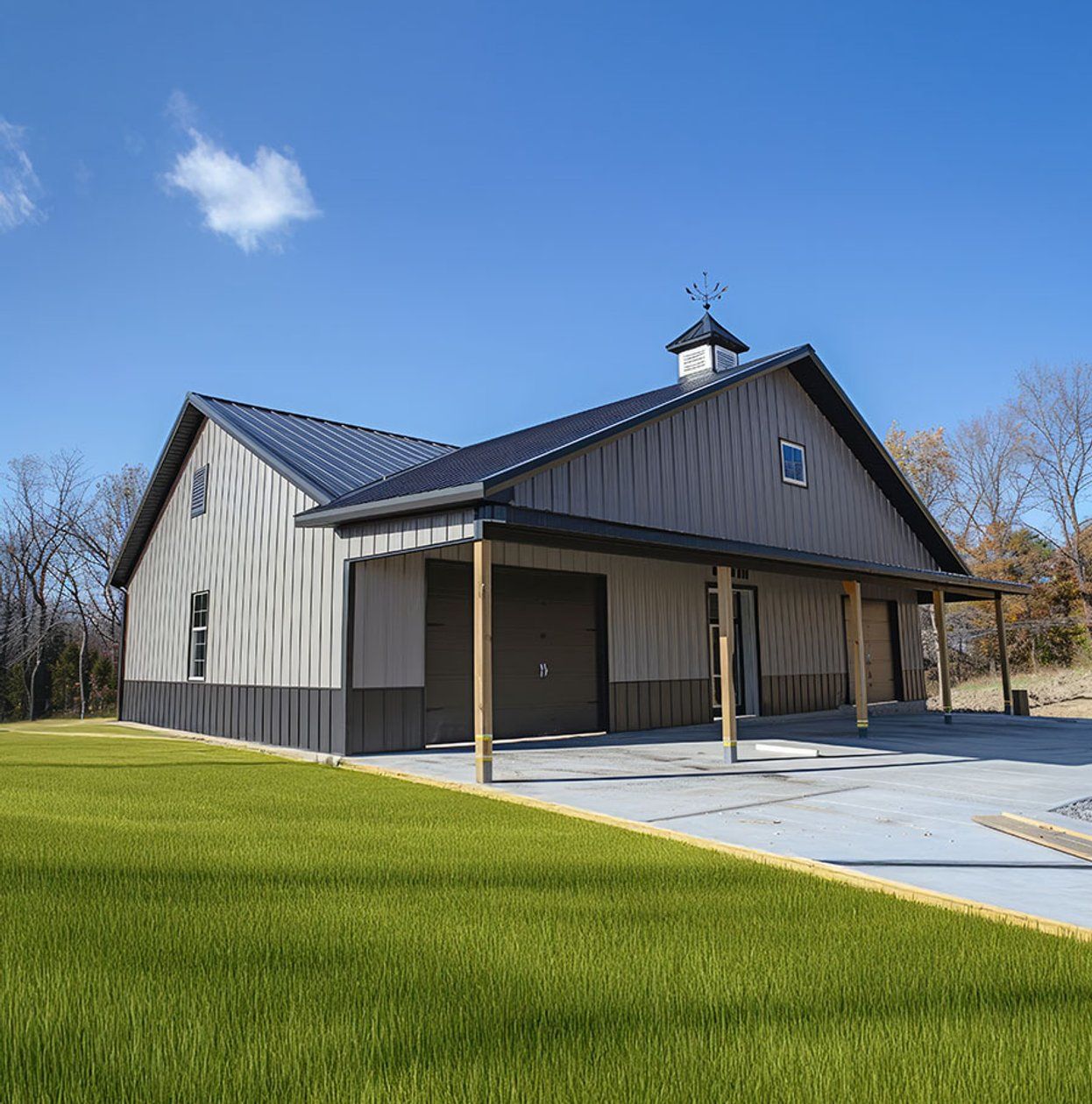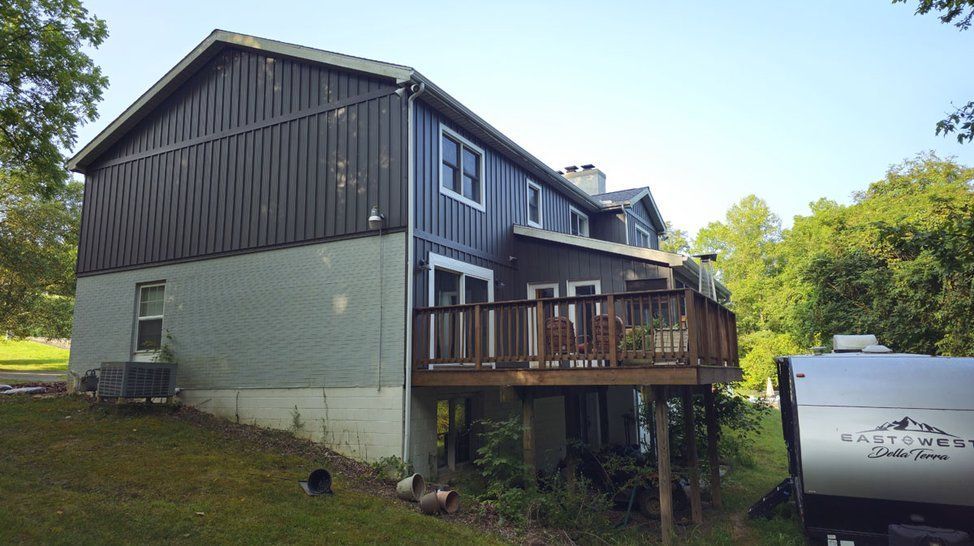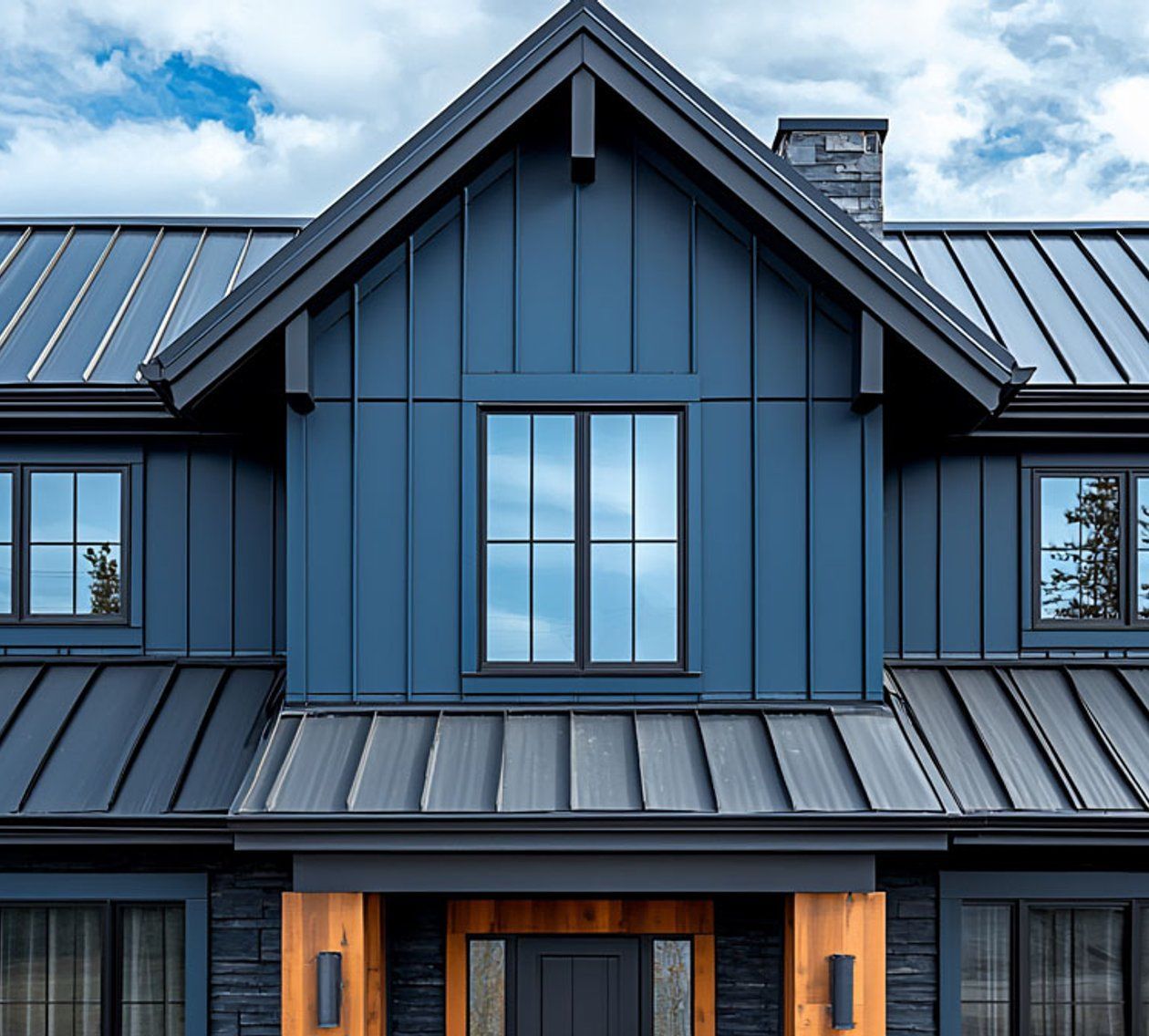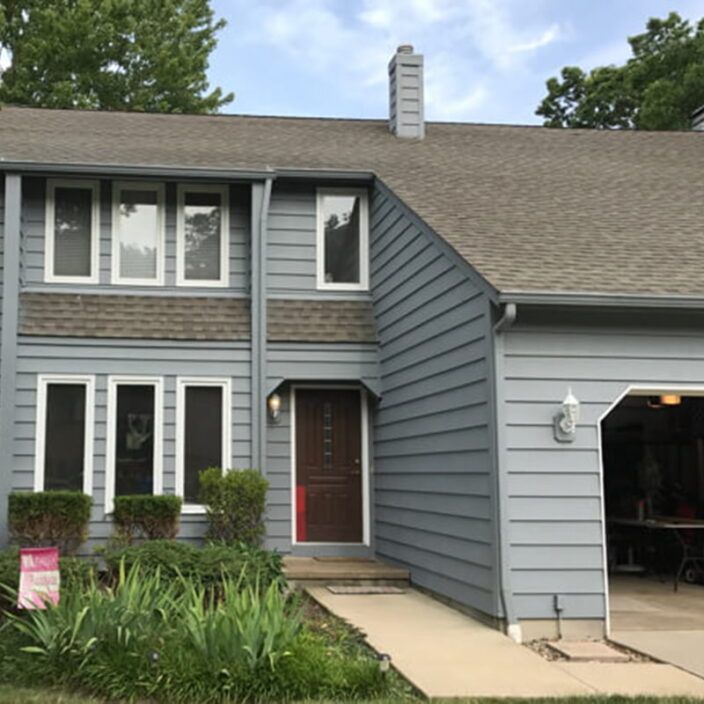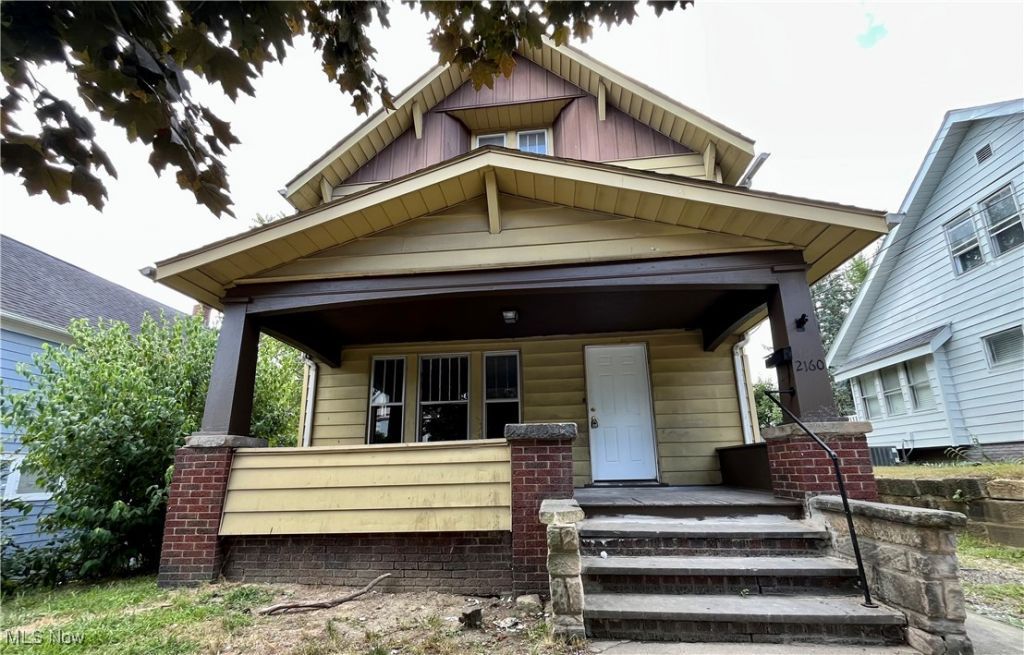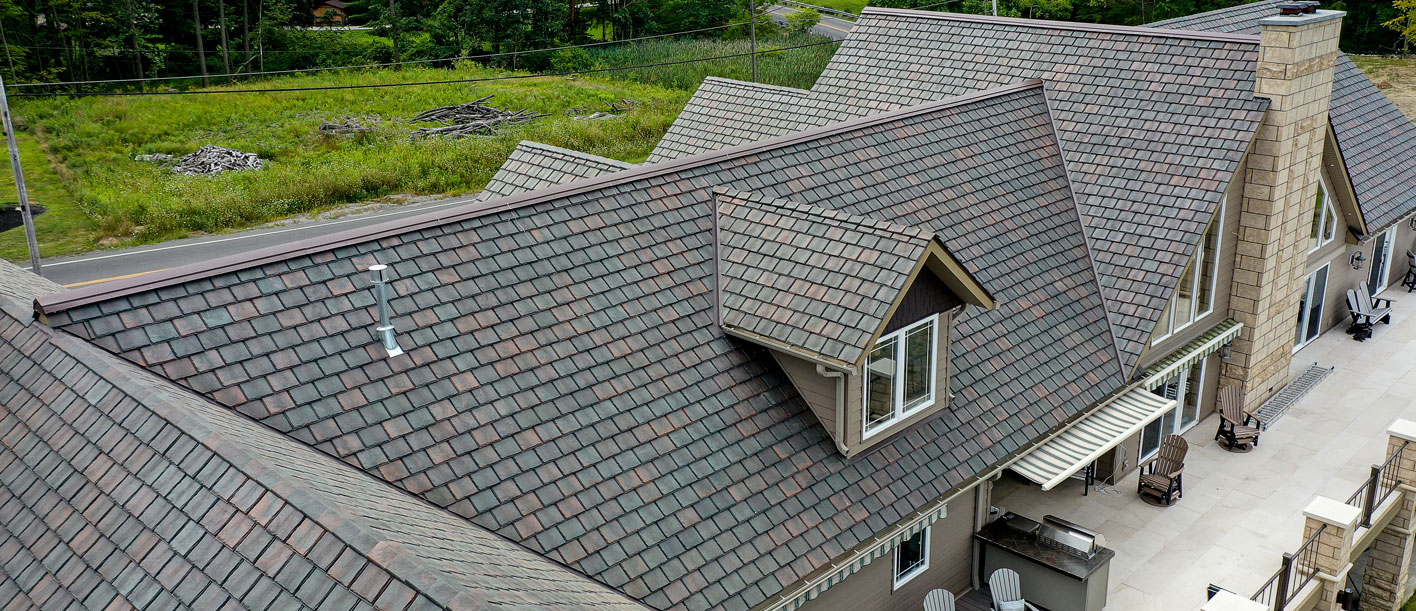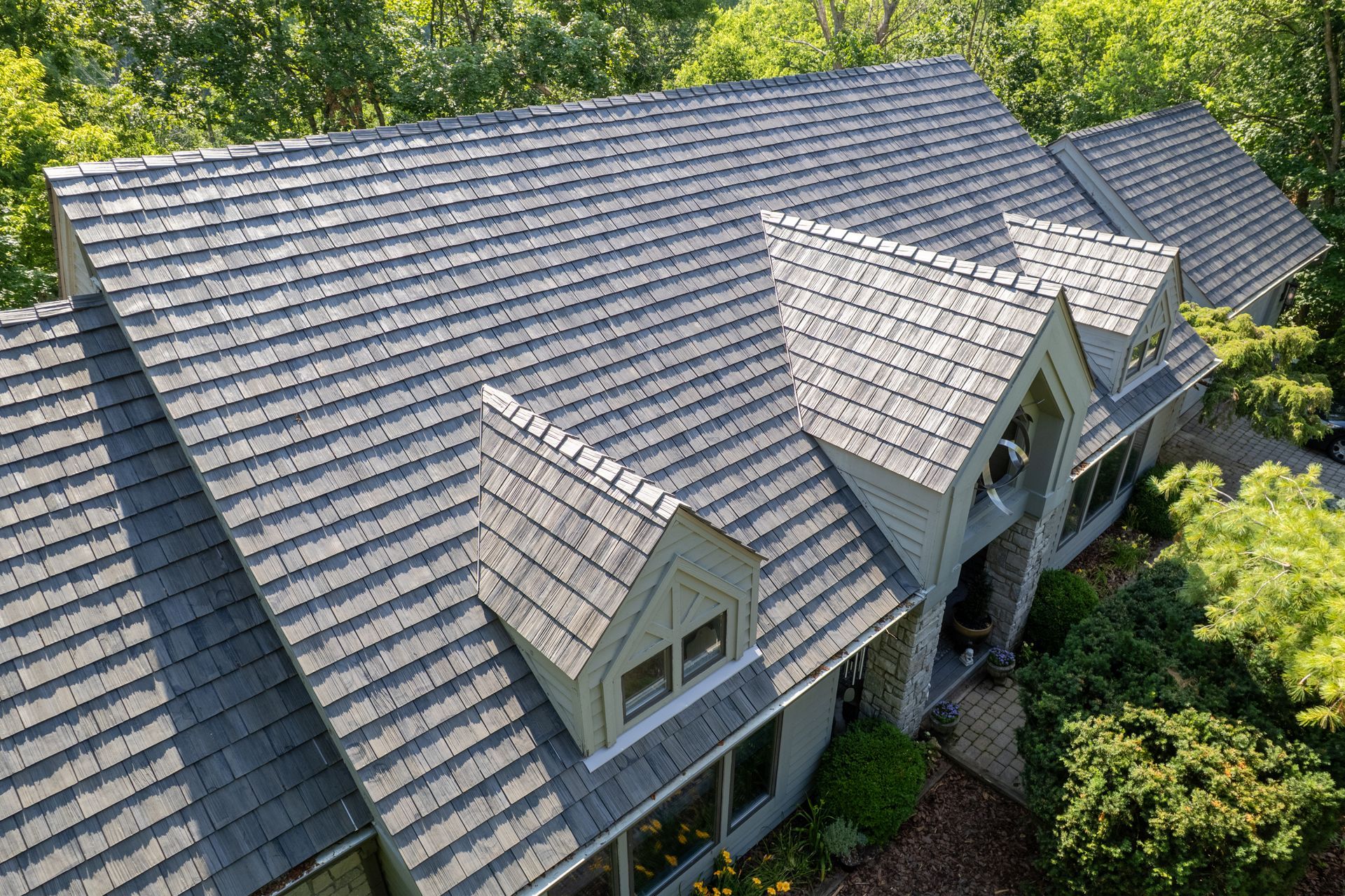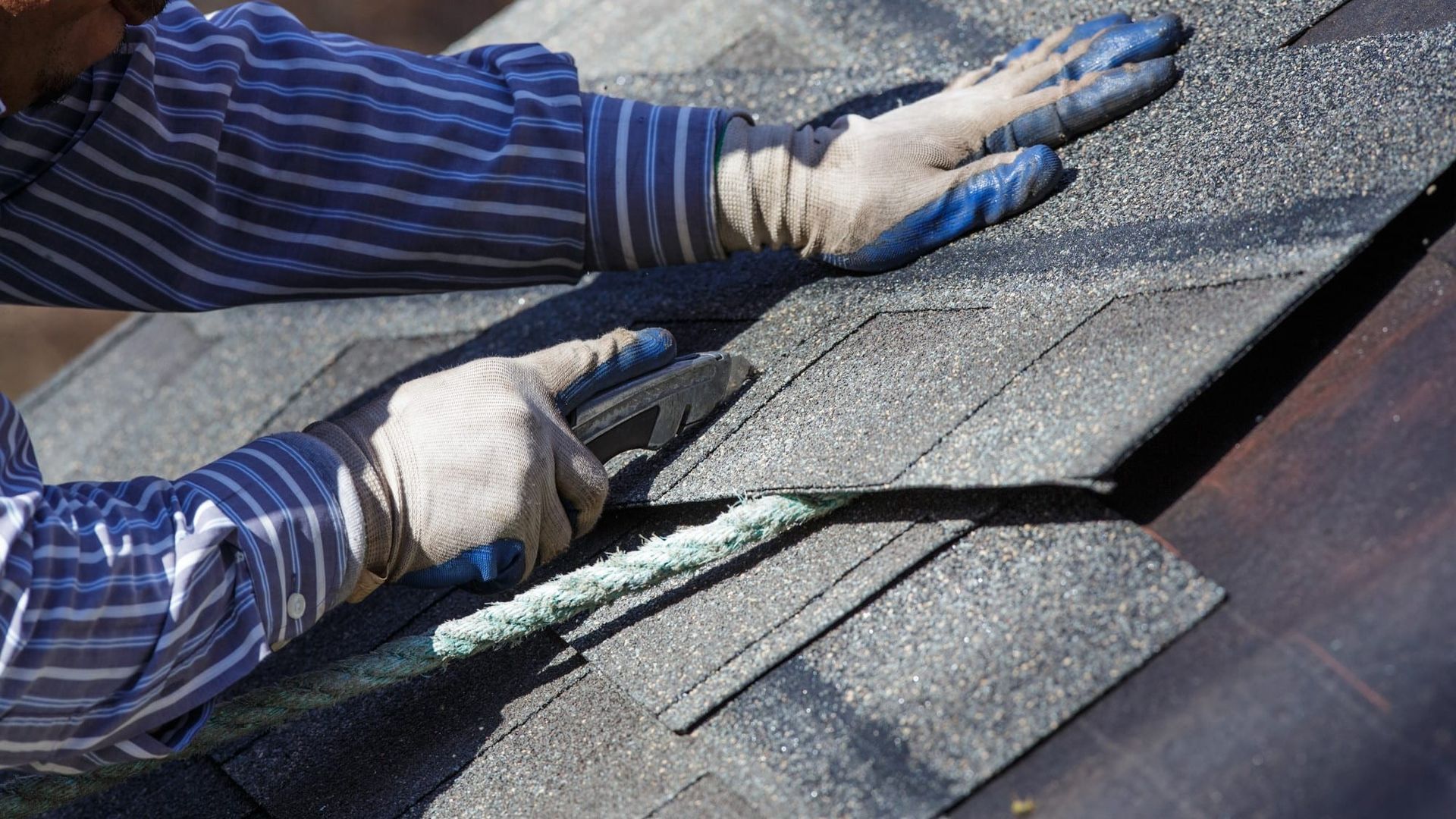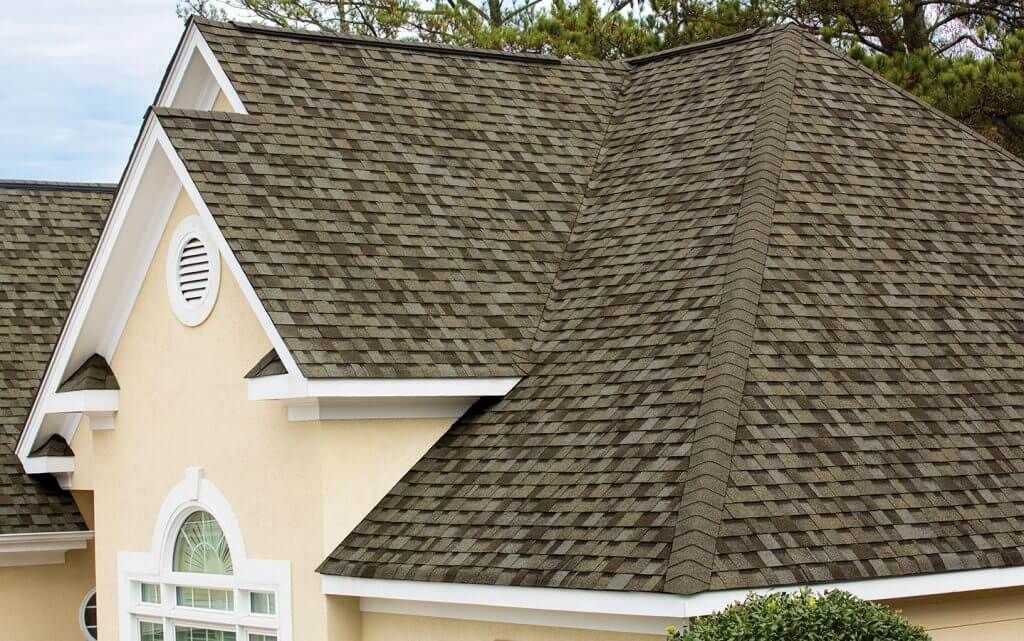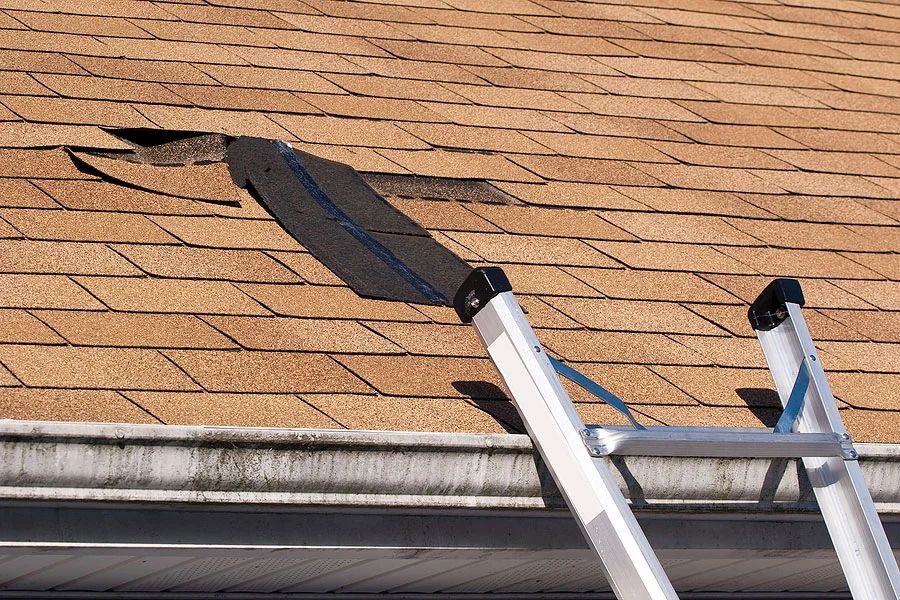Durable, Beautiful, and Low-Maintenance Siding Options for Homes in Cuyahoga Falls, Tallmadge, Copley & Fairlawn
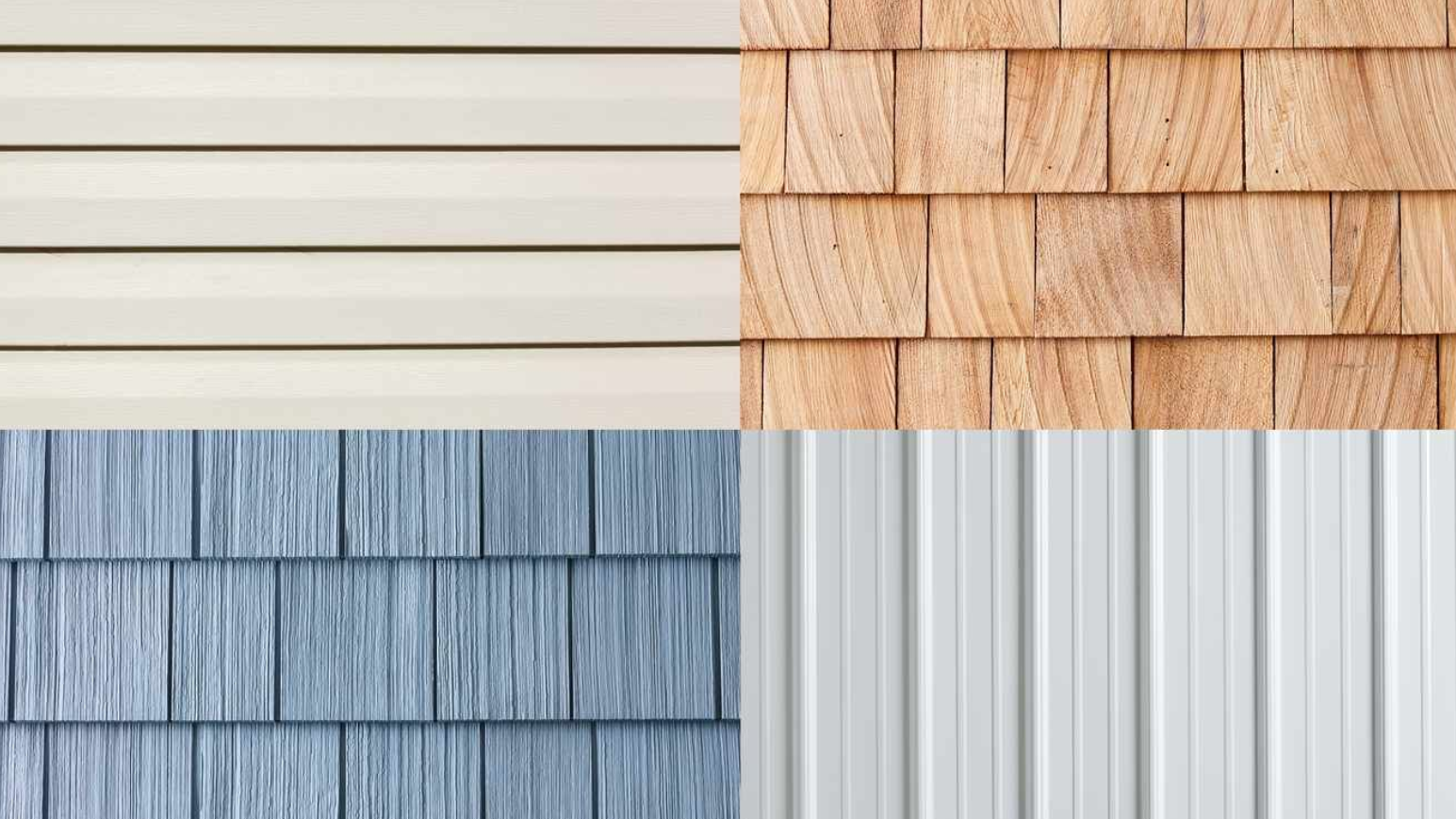
Homes in the Akron region endure a wide range of weather—cold winters, thaw-freeze cycles, humid summers, and occasional heavy storms. That makes the siding on your house more than a cosmetic detail: it’s part of your home’s envelope, protecting against moisture intrusion, insulation loss, and exterior wear and tear.
In the suburbs around Akron—Cuyahoga Falls, Tallmadge, Copley, Fairlawn—home styles vary (from ranches and split-levels to more traditional two-story homes), so the choice of siding can influence curb appeal, maintenance burden, and long-term value.
When considering siding, you’ll want to evaluate:
- durability (how it stands up to cold/heat, wind, ice)
- maintenance (how much cleaning, repainting, or replacement is required)
- aesthetics (color choices, texture, architectural compatibility)
- energy-performance (venting, insulation, how siding ties into the whole wall system)
- budget (initial cost vs. lifetime cost)
With that context, here are some popular siding options and how they might fit in the Akron-area suburbs.
1. Vinyl siding
Pros:
- Widely available and cost-effective.
- Low maintenance — no repainting, only occasional power washing.
- Many colors & textures available now, including options that mimic wood grain.
- Good for homes in Cuyahoga Falls, Tallmadge, etc., where homeowners may prefer durability and a “set it and forget it” approach.
Cons:
- Less premium appearance compared to some higher-end materials (if you’re going for a high-end architectural look).
- Can get brittle in extreme cold or warp under intense heat (though modern alloys mitigate much of this).
- If damage occurs (cracking, splitting) the affected panel may need replacement.
Best fit for the area:
For many homes in suburbs like Copley or
Fairlawn, especially mid-market homes, vinyl siding remains a dependable choice. If you’re planning to stay in your home long-term and want low upkeep, it can be a smart pick.
Tip:
Choose a vinyl product with a good thickness (look for heavy gauge) and a strong warranty. Also consider higher-end “insulated vinyl siding” that adds a foam layer behind it to increase R-value and reduce noise.
2. Fiber-cement siding
Pros:
- Very durable and fire-resistant; stands up well to harsh weather (wind, hail, freeze-thaw).
- Can replicate the look of wood lap or shingles, giving a more upscale appearance.
- Greater long-term longevity, less susceptibility to rot or insect damage.
Cons:
- Higher upfront cost compared to vinyl.
- Installation is more labor-intensive—boards are heavier, fastening and cutting may require special tools.
- Some maintenance required (painting or re-coating depending on product).
Best fit for the area:
In suburbs like
Tallmadge and Cuyahoga Falls where many homes have mature landscaping and architectural character,
fiber-cement siding can elevate curb appeal and provide long-term value. If you plan to stay in your home for many years, it can pay off.
Tip:
Look for products rated for freeze-thaw, and verify that the installer uses proper flashing and sealing around trims, windows, and corners—those are critical in Ohio’s climate.
3. Engineered wood / composite siding
Pros:
- Provides the aesthetic warmth of real wood but engineered for better durability (less prone to warping or insect damage).
- Many modern composite siding products are painted and factory-finished, so less on-site painting is required.
- Good middle ground between vinyl and fiber-cement in cost and appearance.
Cons:
- While more durable than typical wood, it still may require occasional maintenance (touch-ups for painting, sealing).
- Availability may be less broad than vinyl or fiber-cement, so color/texture options may be somewhat limited.
Best fit for the area:
For homeowners in Copley or Fairlawn with a preference for a classic wood look but who want reduced maintenance, engineered wood can be a great option. Especially for homes where appearance matters as much as durability.
Tip:
Ask about moisture-management behind the siding (house wrap, drainage plane) because even the best siding won’t perform well if water is trapped behind it. Also check warranty and paint finish lifespan.
4. Metal siding / aluminum or steel
Pros:
- Very durable, resistant to fire, pests, and often hail.
- Offers a modern look (especially if you choose panel styles, vertical orientation).
- Good for maintenance-free thinking: many metal siding products just require occasional rinsing.
Cons:
- Not as common in suburban residential neighborhoods in Akron, so may be harder to match neighborhood aesthetic or resale expectations.
- Upfront cost tends to be higher and installation may require specialized labor.
- Potential for denting (depending on gauge) and noise (rain on metal) if not well insulated.
Best fit for the area:
If your home has a more contemporary design or you’re seeking something distinctive in Fairlawn or Tallmadge, metal siding could be a bold choice. It may also appeal for durability and longevity if you plan to stay long-term or convert to something like a maintenance-free retirement home.
Tip:
Ensure good insulation behind the metal siding to control condensation and maintain comfort. Also confirm the warranty covers issues like chalking or fading over many years.
5. Wood siding (traditional)
Pros:
- Classic look, very high curb appeal, depth and texture that many homeowners love.
- In neighborhoods with older homes (Cuyahoga Falls, Tallmadge), wood siding can maintain historical character.
Cons:
- High maintenance: painting or staining required every several years, regular inspection for rot/insects.
- Not as durable as some modern materials in harsh climates unless very well maintained.
- Upfront cost plus ongoing maintenance costs can add up.
Best fit for the area:
If your home is in a historic part of Cuyahoga Falls or Tallmadge, and you value authentic wood look and are willing to do maintenance (or hire it), this option makes sense. It might also enhance resale value in certain markets. But for low-maintenance preference, other materials may be better.
Tip:
If choosing wood, go with cedar or redwood (naturally rot-resistant) and proper priming/finishing. Also ensure proper flashing at eaves and around windows to avoid water intrusion in Ohio’s freeze/thaw climate.
Choosing what’s right for you (especially in Cuyahoga Falls, Tallmadge, Copley, Fairlawn)
Here’s a quick decision-framework tailored to your suburban setting:
- How long do you plan to stay in the home?
- Short-to-medium term (5–10 years): vinyl or engineered wood may be sufficient.
- Long-term (15+ years): fiber-cement or metal may give better value over time.
- What’s your maintenance tolerance?
- Want minimal upkeep: favor vinyl, metal, or high-performance fiber-cement.
- Comfortable with periodic maintenance: wood siding remains an option.
- What’s your budget?
- Lower budget: vinyl is the most cost effective.
- Mid-budget: engineered wood or standard fiber-cement.
- Higher budget & premium appearance: top-tier fiber-cement or metal.
- What’s the neighborhood aesthetic?
- In established suburbs like Fairlawn or Copley where homes are more upscale, materials like fiber-cement or engineered wood may align better for resale and appearance.
- In more practical, modest-scale homes (perhaps Cuyahoga Falls or Tallmadge), vinyl may be widely accepted and cost-effective.
- What about energy & insulation?
- Especially in Ohio’s climate, choosing siding that allows for proper wall insulation, wrap/air barrier, and drainage is important. Upgrading siding is a good time to inspect the underlying wall system, flashings, and insulation.
Local conditions to keep in mind
- Freeze-thaw cycles: Make sure siding and flashing details are rated for cold weather and can handle expansion/contraction.
- Moisture management: Many homes in older suburbs may have older construction; when you replace siding, check for moisture damage behind the old siding, rot, insect damage.
- Color & neighborhood: Light-colored siding can keep your home cooler in summer; darker may show fading more readily. Consider how your home stands out (or blends) in Copley, Fairlawn, etc.
- Contractor & quality: In the Akron region, you’ll want a siding contractor experienced with local weather conditions, proper installation practices, and warranty issues.
- Resale market: Homes in Fairlawn, Tallmadge, Cuyahoga Falls and Copley may attract buyers who care about curb appeal—so siding that looks high-quality and is well maintained can be a selling point.
How we at
Hometown Roofing & Construction help homeowners
At Hometown Roofing & Construction, we serve the Greater Akron region and understand the unique suburban contexts of Cuyahoga Falls, Tallmadge, Copley, Fairlawn and nearby communities. We help homeowners:
- Evaluate exterior siding options that match their budget, home style & maintenance preferences.
- Inspect what’s behind the siding (wall structure, insulation, moisture damage) to ensure long-term performance.
- Install high-quality siding systems with proper flashing, wraps, and attention to detail to stand up to Ohio’s weather.
- Select finishes, colors and textures that enhance curb appeal and fit the character of the neighborhood.
- Plan for the long term—balancing upfront cost with maintenance and resale value.
Final take-away
When you’re in the suburbs around Akron—whether your home is in Cuyahoga Falls, Tallmadge, Copley or Fairlawn—the siding you choose shouldn’t be just an afterthought. It plays a major role in durability, maintenance, and aesthetic value. Here’s a quick recap:
- Vinyl: Best for low-maintenance and cost-effectiveness.
- Fiber-cement: Best for durability + upscale appearance, long-term value.
- Engineered wood/composite: Good middle ground for wood look with less maintenance.
- Metal siding: Premium, modern, very durable—but higher cost and niche aesthetic.
- Traditional wood: Beautiful and classic, but requires commitment to upkeep.
No matter which material you lean toward, make sure the installer knows Ohio climate realities, uses proper weather-barrier techniques, and helps you pick a siding system that fits your home and your lifestyle.
